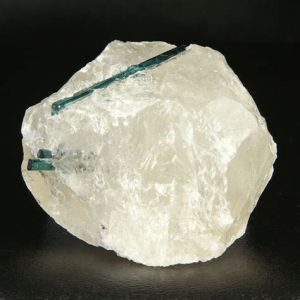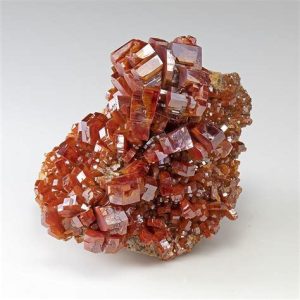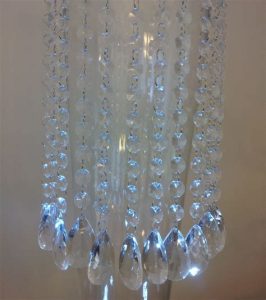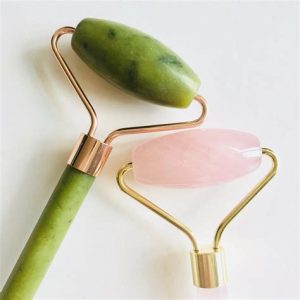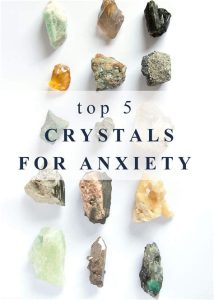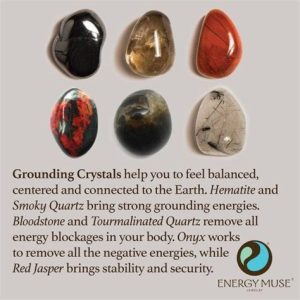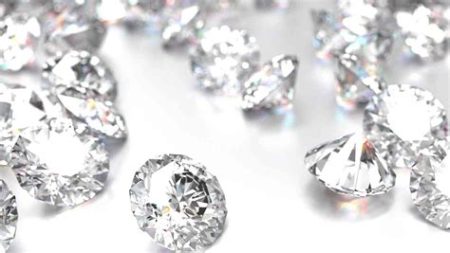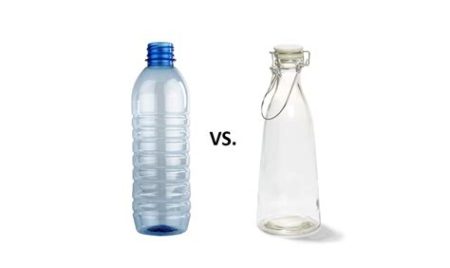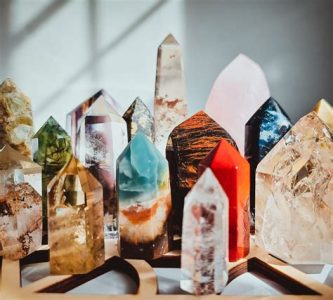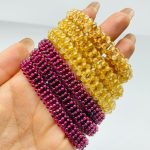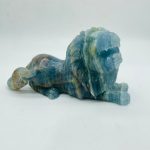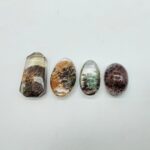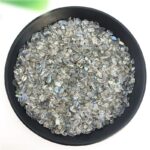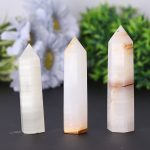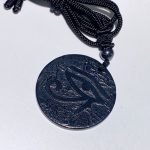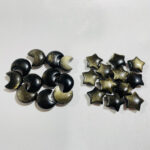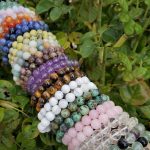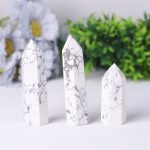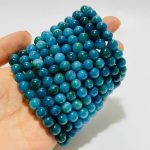Amethyst, a captivating purple gemstone, has long been prized for its beauty and metaphysical properties. But with the market flooded with imitations, it’s crucial to know how to distinguish real amethyst from its counterfeits. Here’s a comprehensive guide to help you make an informed decision.

1. Color
- Real amethyst exhibits a deep, rich purple hue.
- Imitations may have a lighter or more artificial purple color.
2. Clarity
- Natural amethyst often contains inclusions or imperfections.
- Flawless imitations may raise suspicion.
3. Hardness
- Amethyst has a hardness of 7 on the Mohs scale.
- Imitations, such as glass or plastic, are typically softer and can be scratched easily.
4. Temperature
- Real amethyst remains cool to the touch.
- Imitations made of glass or plastic may feel warmer.
5. Refractive Index
- Amethyst has a refractive index of 1.54-1.55.
- Imitations may have different refractive index values.
6. Pleochroism
- Amethyst exhibits pleochroism, meaning it displays different colors under different lighting conditions.
- Imitations may lack this property.
7. Dichroism
- Amethyst shows dichroism, appearing purple in one direction and reddish-purple in another.
- Imitations usually do not show dichroism.
8. UV Fluorescence
- Most natural amethysts emit a faint red fluorescence under UV light.
- Synthetic amethysts may not fluoresce or may show a different color.
9. Laboratory Analysis
- Gemological laboratories can conduct advanced tests to determine the authenticity of amethyst.
- These tests include X-ray diffraction and infrared spectroscopy.
Amethyst VS Synthetic Amethyst: Key Differences
| Property | Natural Amethyst | Synthetic Amethyst |
|---|---|---|
| Color | Deep purple | May be lighter or artificial |
| Clarity | Inclusions common | Flawless or few inclusions |
| Hardness | 7 on Mohs scale | Softer |
| Temperature | Cool to the touch | May feel warmer |
| Refractive Index | 1.54-1.55 | Different values |
| Pleochroism | Yes | No |
| Dichroism | Yes | No |
| UV Fluorescence | Red | Different color or no fluorescence |
| Price | Higher | Lower |
Amethyst VS Purple Glass: How to Differentiate
| Property | Amethyst | Purple Glass |
|---|---|---|
| Origin | Natural | Artificial |
| Hardness | 7 on Mohs scale | Soft |
| Clarity | Inclusions common | Flawless |
| Color | Deep purple | May be lighter or more artificial |
| Price | Higher | Lower |
| Durability | Resistant to scratching | Easily scratched |
Effective Strategies for Identifying Real Amethyst
- Examine closely: Look for inclusions, color variations, and pleochroism.
- Use a loupe: Magnify the stone to reveal hidden details.
- Test the hardness: Gently scratch the stone against a hard surface.
- Feel the temperature: Hold the stone in your hand and note if it stays cool.
- Use a UV light: Check for red fluorescence under UV light.
- Consult a gemologist: Seek professional advice for accurate identification.
FAQs: Unraveling the Truths
1. Is it possible to find real amethyst for cheap?
- Genuine amethyst is a valuable gemstone and is not typically found at bargain prices.
2. Can all purple stones be amethyst?
- No, other minerals like fluorite and kunzite can also exhibit purple coloration.
3. How can I tell if my amethyst is heat-treated?
- Heat-treated amethysts may have a lighter color and fewer inclusions.
4. What is the best way to clean amethyst?
- Use a mild soap and water solution and avoid harsh chemicals.
5. Is it safe to wear amethyst every day?
- Yes, amethyst is a durable gemstone suitable for daily wear.
6. What are the benefits of wearing amethyst?
- Amethyst is believed to promote tranquility, reduce stress, and enhance spiritual awareness.
Case Detail: Uncovering the Mystery of Fake Amethyst
In 2022, a customer purchased a large amethyst crystal from an online retailer. When she received the stone, she noticed that it was unusually flawless and had an unnatural purple hue. She contacted a gemologist who performed several tests and confirmed that it was a synthetic amethyst imitation made of glass. The customer was disappointed and returned the stone for a refund.
Conclusion
Knowing how to identify real amethyst empowers you to make informed decisions when purchasing this beautiful gemstone. By utilizing the techniques outlined in this guide, you can avoid costly mistakes and ensure that you own a genuine treasure that will bring you joy and value for years to come. Remember, the true beauty of amethyst lies not only in its appearance but also in its authenticity.

